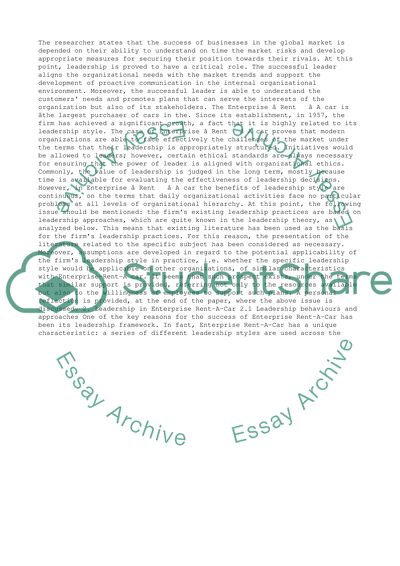Cite this document
(“Leadership in practice & Developing the reflective leader Enterprise Assignment”, n.d.)
Retrieved from https://studentshare.org/management/1395355-leadership-in-practice-developing-the-reflective-leader-enterprise-rent-a-car
Retrieved from https://studentshare.org/management/1395355-leadership-in-practice-developing-the-reflective-leader-enterprise-rent-a-car
(Leadership in Practice & Developing the Reflective Leader Enterprise Assignment)
https://studentshare.org/management/1395355-leadership-in-practice-developing-the-reflective-leader-enterprise-rent-a-car.
https://studentshare.org/management/1395355-leadership-in-practice-developing-the-reflective-leader-enterprise-rent-a-car.
“Leadership in Practice & Developing the Reflective Leader Enterprise Assignment”, n.d. https://studentshare.org/management/1395355-leadership-in-practice-developing-the-reflective-leader-enterprise-rent-a-car.


